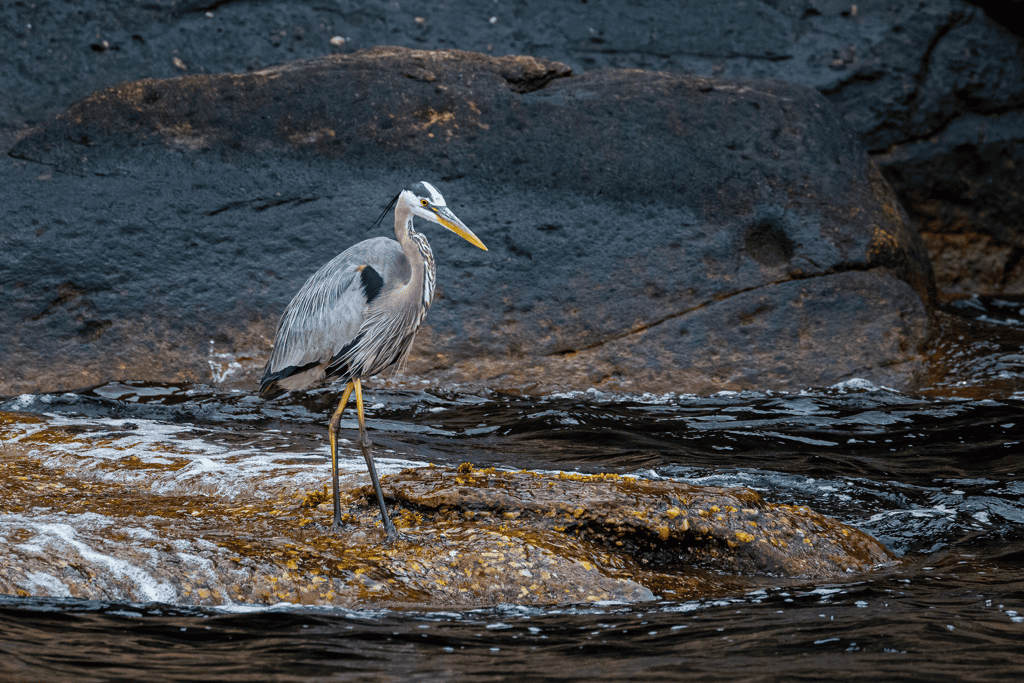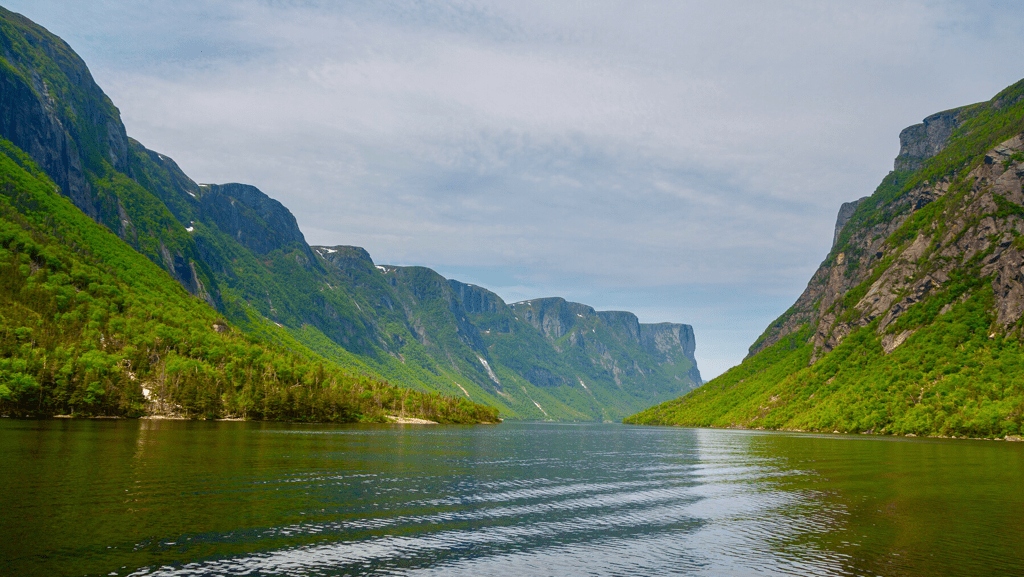
ATLANTIC CANADA, NEWFOUNDLAND, CAPE BRETON, NEW BRUNSWICK
“This is the forest primeval. The murmuring pines and the hemlocks,
Bearded with moss, and in garments green, indistinct in the twilight,
Stand like Druids of eld, with voices sad and prophetic,
Stand like harpers hoar, with beards that rest on their bosoms.
Loud from its rocky caverns, the deep-voiced neighboring ocean
Speaks, and in accents disconsolate answers the wail of the forest.”
– Henry Wadsworth Longfellow, A Tale of Acadie
Even though it was, as usual, far too brief, our trip to Atlantic Canada, Newfoundland, and Cape Breton by car and ferry was wonderful.
In order to explore the Gros Morne National Park and the little fishing communities of Rocky Harbor, Norris Point, Woody Point, and Trout River, we flew to Halifax, hired a car, and drove to the hamlet of North Sydney through Baddeck. From there, we took a night ferry to Port aux Basques in Newfoundland.
After visiting Gros Morne, we rode the same overnight ferry back to Cape Breton where we drove and trekked the breathtaking Cabot Trail.
Below is a picture of North Sydney at sunset, taken before getting on the ferry and following a wonderful seafood dinner at Moore and The Lobster Pound.

NEWFOUNDLAND: GROS MORNE NATIONAL PARK, ARCHES PROVINCIAL PARK, AND FISHING VILLAGES
A UNESCO World Heritage Site that spans 1,805 square kilometers of western Newfoundland as part of the imposing Long Range Mountains, Gros Morne is the second-largest national park in eastern Canada.
We hiked its magnificent paths for several days, including the Coastal Trail, Bakers Brook Falls, Tablelands and Greenpoint (which provided geological education), and Green Gardens Trail.
Western Brook Pond and Tablelands are two of the park’s real highlights. With its towering cliffs, pristine waters, and breathtaking views, Western Brook Pond is a gigantic fjord. It is 600 meters deep and was created by glaciers millions of years ago. When the glaciers retreated, the earth rebounded, and it became landlocked. It presently contains only pure freshwater, however, it formerly reached the sea. I believed that this
I considered the fjord to be one of those breathtaking locations where you simply wish time would stand still so you could take it all in.
The pictures of Western Brook and Arches Provincial Park in Rocky Harbor, where we stayed, are seen below.
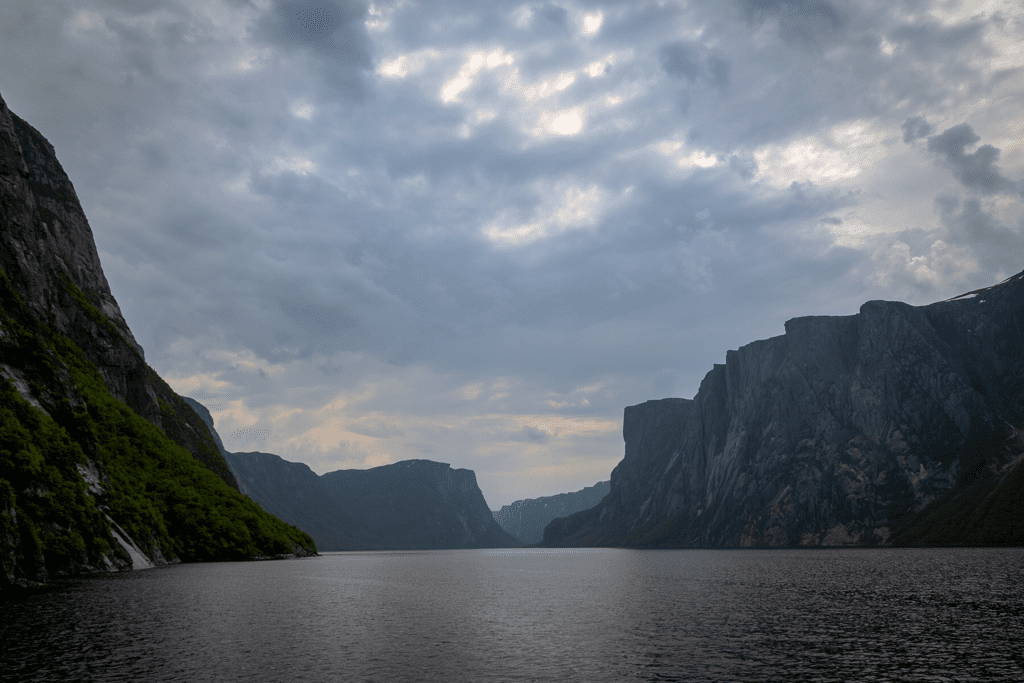
We stayed for three nights at Java Jacks B&B in Rocky Harbor, with the outstanding host, Marion. The actual highlights of Newfoundland included the delicious seafood at Java Jack’s restaurant, partridge berry, which is a berry similar to cranberries, and the bakeapple we sampled from Marion’s collection of homemade preserves.
Another highlight had been the wonderful people we met along the way, as Marion, who was warm and caring as depicted in the well-known Canadian musical Come from Away, which tells the remarkable true story of 7,000 passengers who got stuck on a plane on 9/11 and the small town in Newfoundland that welcomed them, as well as their reunion ten years later. The pictures above and below show the hues of Rocky Harbor and Norris Point.
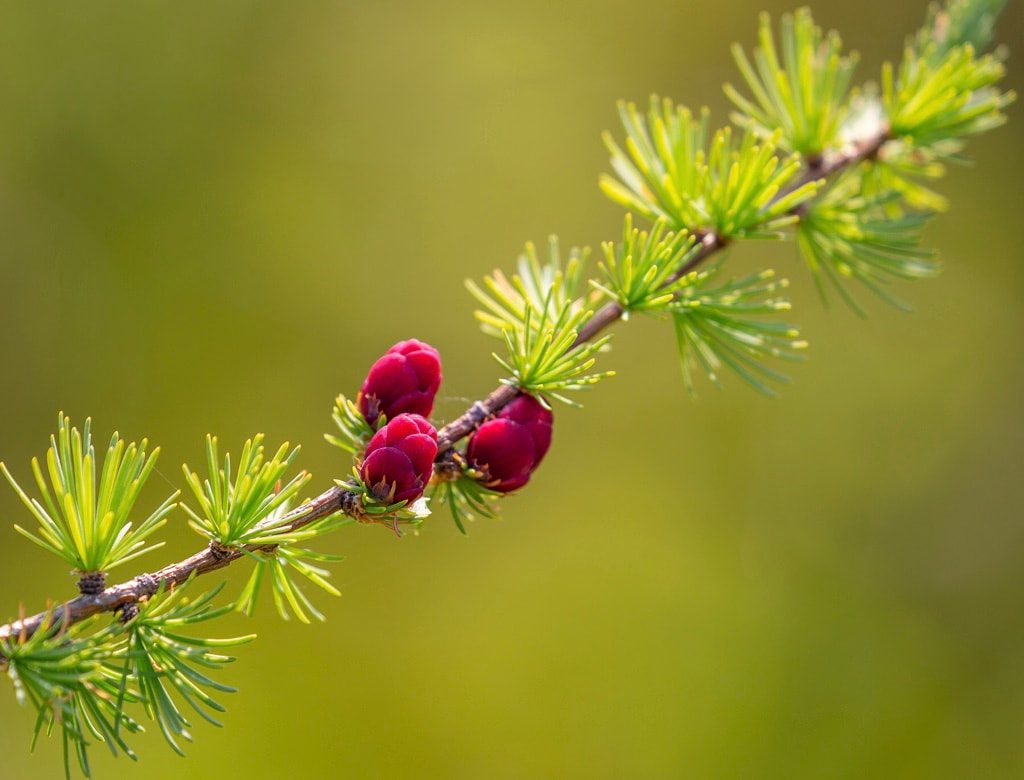
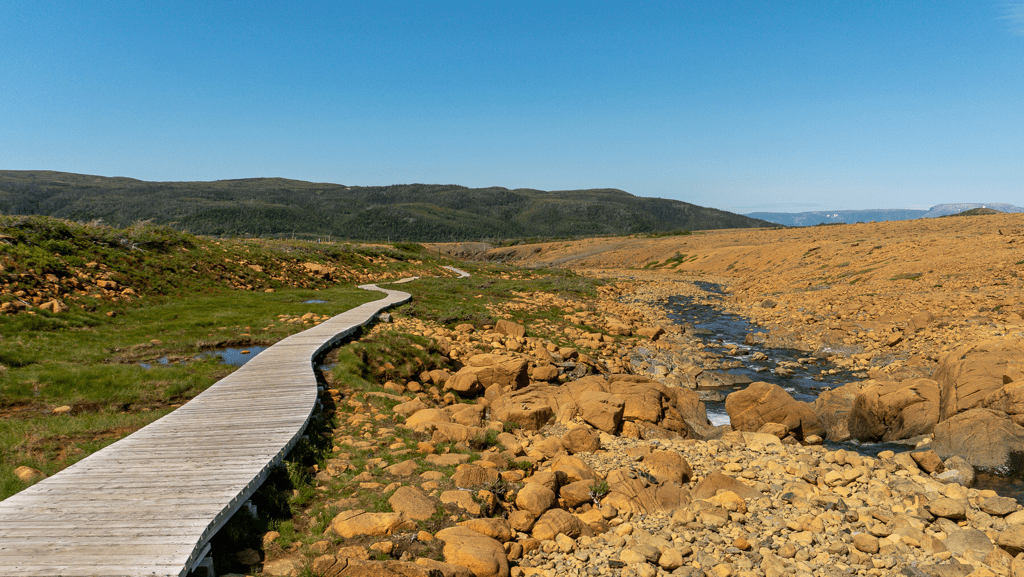
We went on a great ranger-led hike in the Tablelands which is one of Gros Morne’s icons. The geology here marks a time when the continents of Africa and North America collided 500 million years ago pushing these rocks, originally beneath the ocean, to their present position. The hike lets you walk the naked Earth’s mantle – normally found far below the Earth’s crust, surrounded by the bizarre and beautiful landscape where you see a lush green valley on one side. The other side of Trout River Valley is a barren mantle with almost no vegetation and snow at the top. We ended the day in the village of Trout River sometimes unreachable in winter and completely self-reliant.
One of Gros Morne’s most famous landmarks, the Tablelands, is where we went on a fantastic ranger-led trip. The geology in this area dates back to a time when North America and Africa collided 500 million years ago, forcing these rocks from their original location beneath the ocean to their current location. A lush green valley can be seen on one side of the hike, which takes you through the Earth’s mantle, which is generally found well below the crust of the planet. The Trout River Valley’s other side is a desolate mantle with little to no vegetation and snow on top. We finished the day in the fully self-reliant and occasionally inaccessible village of Trout River.
For those interested in geology and the theory of tectonic plates see the link below as it was Gros Morne where the proof of the theory was eventually found.
<https://www.pc.gc.ca/en/pn-np/nl/grosmorne/activ/experiences/tablelands
We spent our last night in Newfoundland on the shores of Bonne Bay in the tiny and beautiful village of Woody Point, population 281.
Our last and most beautiful hike in Newfoundland was Green Gardens Trail, with simply amazing views.
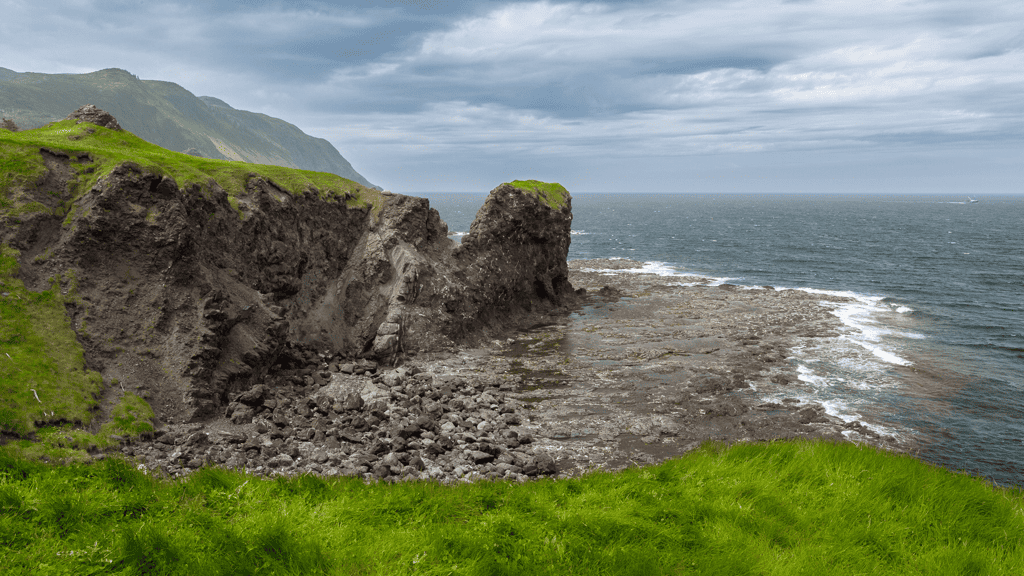
CAPE BRETON NATIONAL PARK
We took the ferry back to Nova Scotia to spend several nights in two lovely Cape Breton villages, Chéticamp and Baddeck, and to drive and hike the beautiful Cabot Trail.
For well over two hundred years the inhabitants of Chéticamp have kept their unique Acadian culture alive. From France, they brought their greatest treasures: music, language, legends, dances, festivities, and recipes. Their traditions were shaped by the challenges of pioneers’ lifestyles, the sorrows of deportation (described in Longfellow’s poem Evangeline), the rhythms of the ocean, and the cultural influences of their Scottish and Mi’kmaq neighbors.
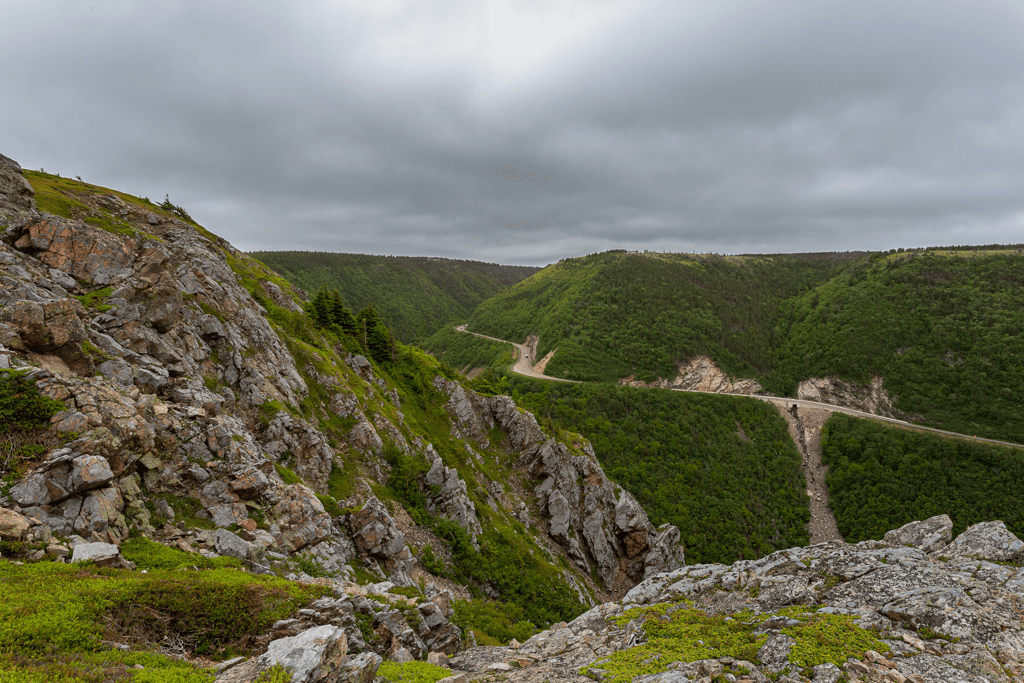
Our last two nights were spent in Baddeck. This picturesque town on the shores of Bras d’Or lake was for many years the home of Alexander Graham Bell and his beautiful, deaf wife.
He was drawn to Baddeck by his Scottish heritage, a curious fact is that his father (who was a prototype of Professor Higgins in G. B. Shaw’s Pygmalion) and Bell himself used to teach deaf children one of whom Alexander eventually married, and their story is one of the most beautiful and enduring love stories of all times.
